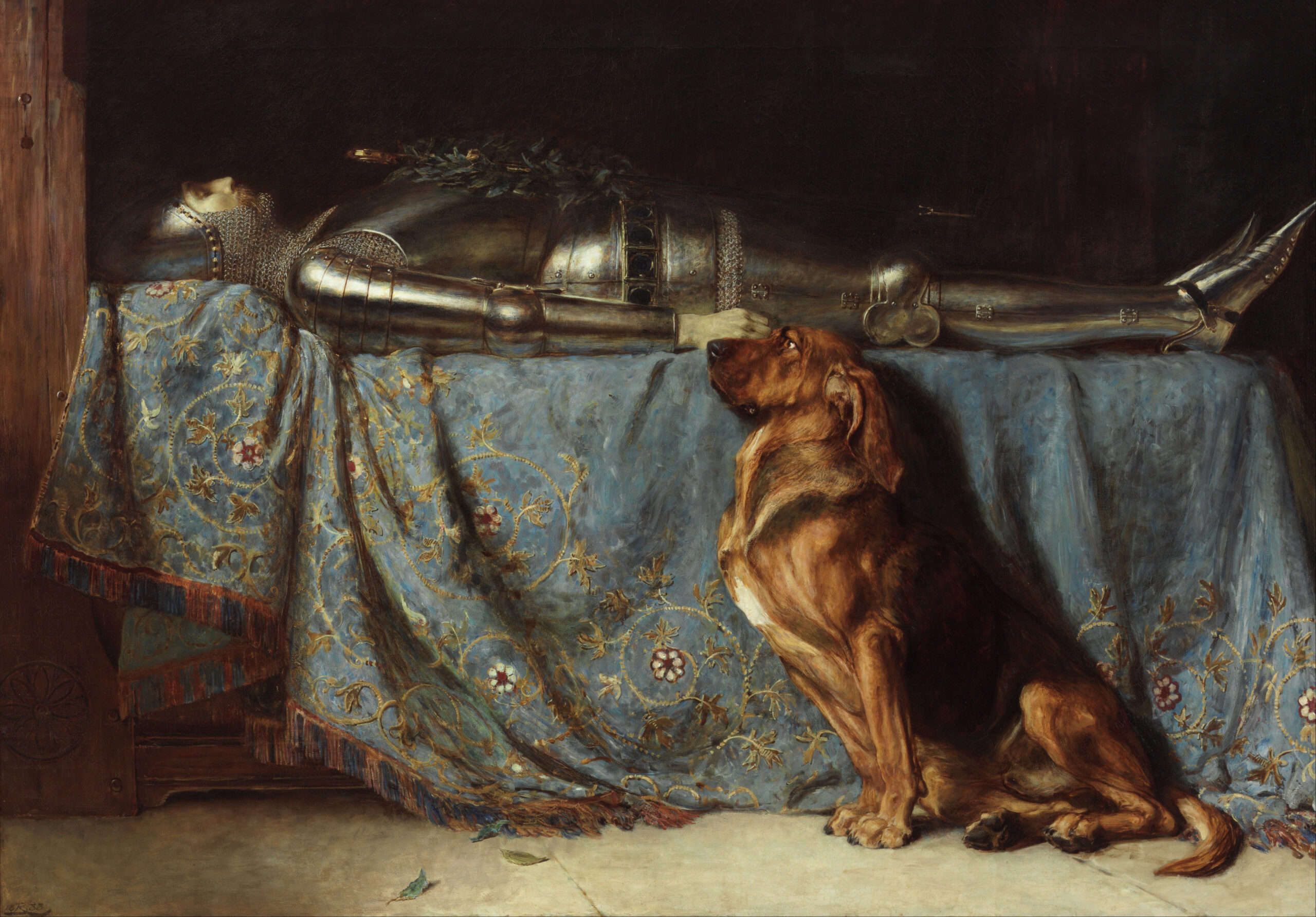All Saints’ Day (1 November) and All Souls’ Day (2 November) form a liturgical diptych, an axis between Heaven and the Christian Underworld.
I. A Liturgical Descent
Historically, the first liturgical date of November was established in the eighth century as Solemnis Omnium Sanctorum. Pope Gregory III consecrated a chapel in St Peter’s Basilica to all the Saints. These included every soul already reintegrated and united with Divine source.
The second, All Souls’ Day, appeared in the tenth century through Saint Odilo of Cluny, who ordered that, on the day after the feast of the Saints, prayers should be offered for all souls still undergoing purification in Purgatory. But the gesture is also symbolic. The first day belongs to the Church Triumphant; the second to the Church Suffering. First comes the celebration of Light, those who have completed the Great Work and are reintegrated. Then follows the path of those still going through the fire of purification.
The calendar creates a vertical movement: Ascent with the All Saints: a reminder that the soul’s destiny is Light; Descent – All Souls: a compassionate return into the shadows, to pray for those not yet risen.
II. The Eternal Utterance of De Profundis
On All Souls’ Day, the Church prays for the dead. It is the moment when the living turn inward, descending into the silence of the earth to offer Light. Among all prayers said on that day, one stands above the rest: Psalm 130, the De profundis. “Out of the depths have I cried unto Thee, O Lord.” It is the cry of a soul that knows the abyss and yet hopes for mercy. This psalm has been used since the earliest times, in requiem masses and in solitary prayers beside graves.
Alongside it stands the Requiem aeternam: “Eternal rest grant unto them, O Lord, and let perpetual light shine upon them.” Often it is followed by the Kyrie eleison, the triple call for mercy in Greek, shared by East and West. In some services one still hears the Libera me, Domine: “Deliver me, O Lord, from everlasting death, on that dreadful day.” Around these, the familiar murmur of the Our Father and Hail Mary carries the names of the dead and, above all, of the forgotten ones.
The De profundis expresses the very heart of the rite. It shows a living soul descending not to command the underworld, but to give voice to the silent. To pray for the dead is also to remember. And to remember – re-memorare – means to give body again to what was absent, to return it to the communion of the living and the saints. On November 2, the Christian becomes a bridge between worlds: the breath of the living lends air to those who no longer breathe and love turns memory into flame.
III. The Remembrance Behind the Six of Cups
November 2 marks not only All Souls’ Day but also the beginning of the second decan of Scorpio, which is ruled by the Sun, precisely when the Sun is in the eighth sign itself. In the Tarot, this decan corresponds to the Six of Cups and its entire nature revolves around remembrance. It is a card of looking back in tenderness, the act of calling something once alive back into presence. On the surface it shows simple affection, the exchange of flowers between two figures. But, beneath that scene, lies the deeper gesture of the day itself: to remember the dead.

The sun of Six of Cups warms Scorpio’s cold water, allowing what was buried to rise again as memory transfigured. The Christian prayer for the dead performs the same movement. When the living speak the names of those who have departed, they do what the Sun does in this decan: they bring light to the depths. The act of remembrance is itself a resurrection in miniature, a spark of Tifereth reaching into the world below.
In Kabbalistic terms, Tifereth is the Divine fire meeting the receptive waters of Briah, the world of Creation, tied to the first He (ה) of the Tetragrammaton. The Sun in Scorpio occupies this exact function: consciousness descending into the realm of dissolution to awaken what still sleeps.
The Six of Cups becomes a rite of memory. The soul recalls the beloved dead, not to cling to what has passed, but to affirm that love does not end with form. On November 2, as the Church prays De profundis clamavi ad te, Domine, the same current moves through the zodiac. The Sun shines within the underworld waters of Scorpio and, through remembrance, the living and the dead form a single heart.
Κύριε ελέησον
